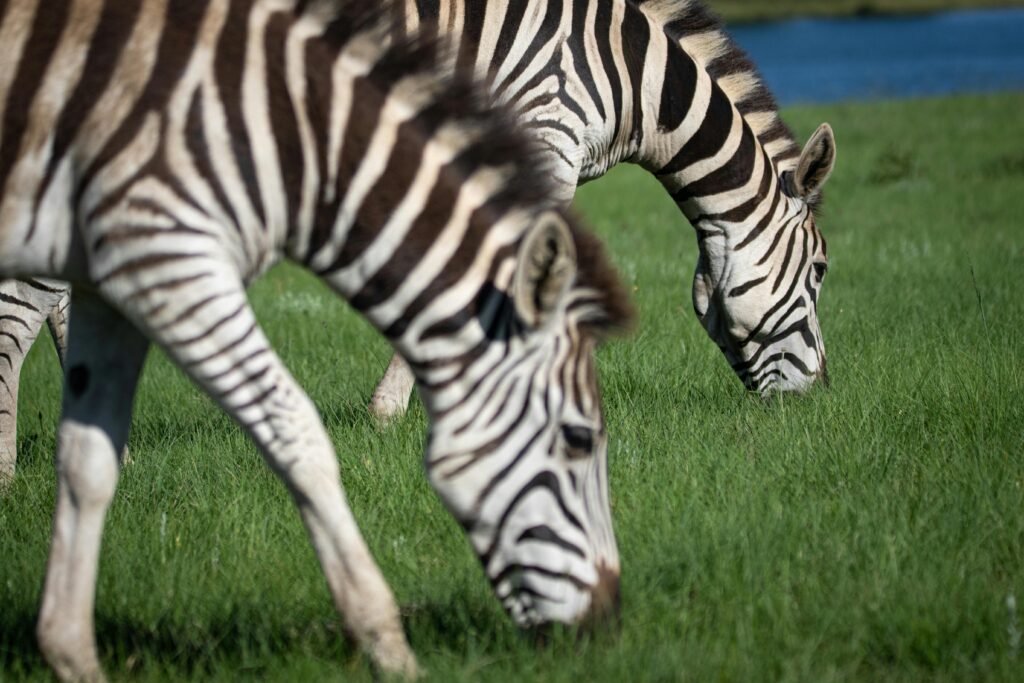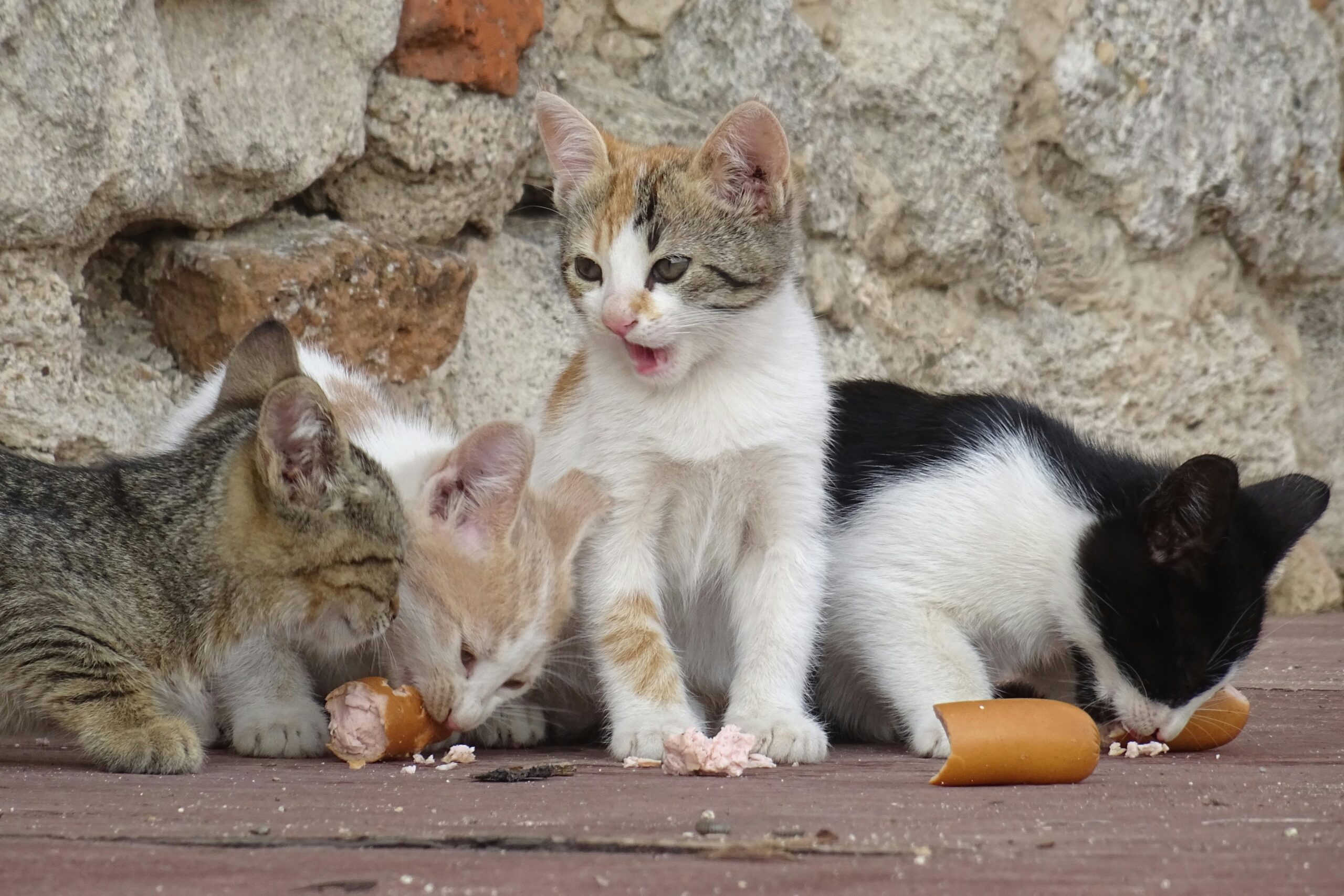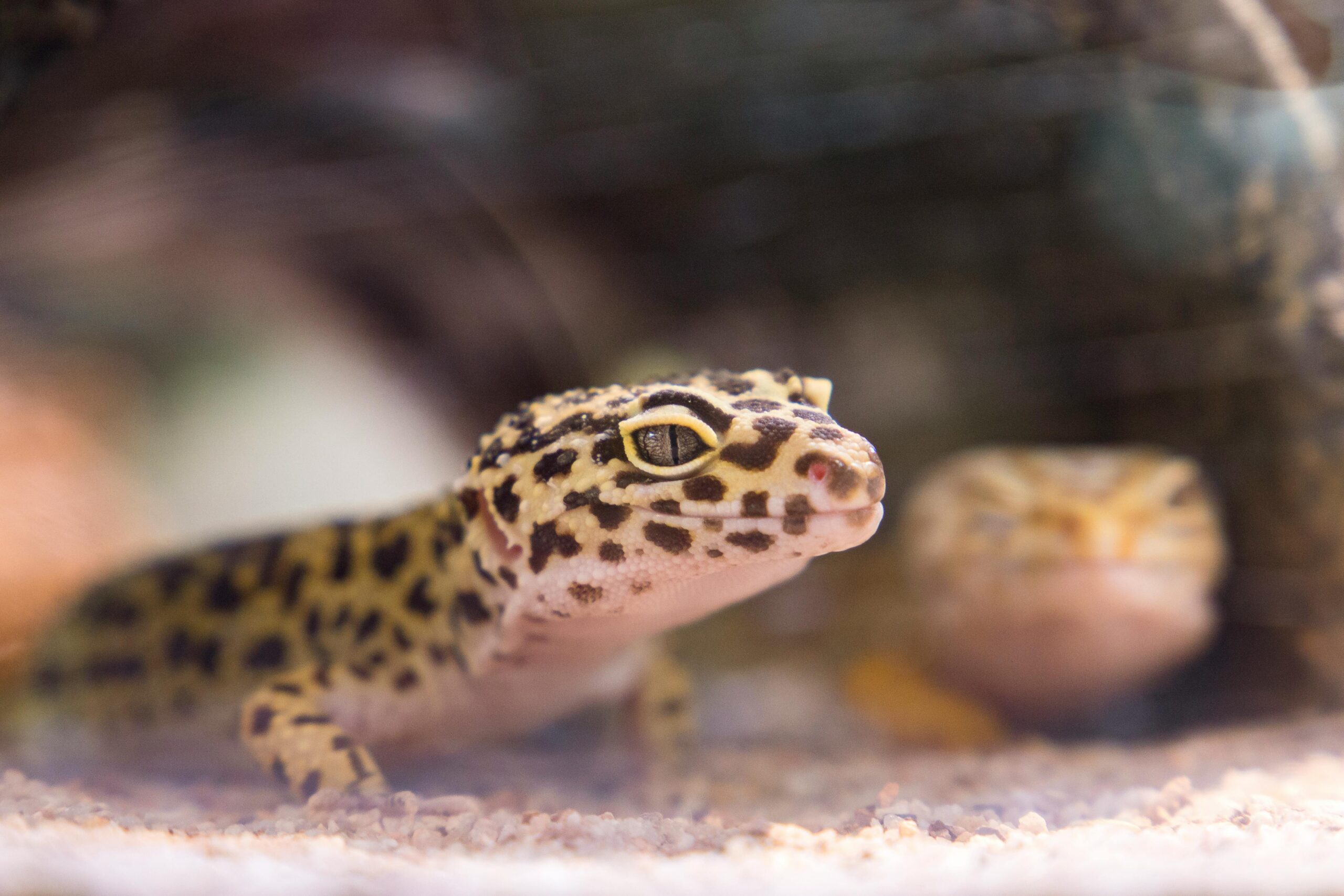Introduction
The facts and behavior of animals “go crazy” for food is something we often see in both wild and domestic settings. Whether it’s a predator stalking its prey, a dog eagerly devouring its meal, or a bird frantically pecking at seeds, animals display a variety of behaviors that can appear extreme or highly enthusiastic when it comes to food. This “crazy” reaction can be understood through a mix of biological, psychological, and ecological factors. Let’s explore several reasons why animals show such seemingly frenzied or intense behavior around food.
1. The Role of Hunger and Energy Needs
The main reason animals go crazy for food is that it serves as a vital source of energy. Every living organism needs energy to survive, and most animals depend on external sources—other organisms or plants—to meet their energy needs. This energy fuels various biological processes, including movement, reproduction, thermoregulation, and cellular maintenance.
When an animal feels hungry, it sends signals to the body indicating a need for food. In many animals, the brain is finely tuned to these hunger signals, and the release of hormones like ghrelin creates strong urges to eat. The feeling of hunger is particularly intense because the body must maintain a balanced energy supply to support essential functions.
For example, predators that hunt for their meals have evolved to experience heightened hunger signals after extended periods of searching. This drives them to stay focused on tracking and capturing prey. Similarly, herbivores often need to cover large areas to find enough plant material. Whether it’s a lion pursuing a gazelle or a squirrel searching for nuts, the intensity of an animal’s food-seeking behavior is closely linked to its immediate need for energy replenishment. In some instances, especially when animals have gone without food for a long time, their hunger can become so overwhelming that it appears as if they are “going crazy” when food finally becomes available.

2.Survival Instincts and Resource Scarcity
In the wild, food can be a rare and unpredictable resource. Many animals experience varying access to food, particularly in tough environments or during seasonal shifts. For instance, some animals need to store food when it’s plentiful to get through lean times. Squirrels collect acorns to survive the winter, while bears consume large amounts of food before hibernation. In these situations, animals develop behaviors that show a sense of urgency to gather resources before they become limited again.
Predators and prey respond differently to food availability, influenced by the risks involved. A predator like a lion, after a successful hunt, may eat quickly and greedily, trying to consume as much as possible before scavengers or other predators arrive to take the kill. Likewise, herbivores may graze heavily when they discover a rich patch of vegetation to stock up on calories. This behavior stems from the understanding that once the food is gone, there may not be another meal for a while.
Opportunistic feeders—like rats, crows, and raccoons—often display seemingly erratic behavior around food because they are instinctively driven to take advantage of any available food source. In these cases, animals are motivated by survival instincts that compel them to seize food whenever it appears, fully aware that they cannot afford to let an opportunity slip away.
3. Evolutionary Adaptation and Feeding Behavior
Over millions of years, animals have developed specific feeding behaviors that enhance their chances of survival and reproduction. These behaviors often represent adaptations to the challenges posed by their environments. In some species, competition for food can be fierce, and the ability to quickly consume available food can be crucial for survival.
Take scavengers like vultures, for instance; they have evolved a feeding frenzy behavior. When they discover a carcass, they may start feeding aggressively to secure their portion of the meal before other animals can take it. While this may appear chaotic, it is actually a survival tactic that boosts their chances of getting enough food to thrive.
Likewise, many animals possess specialized adaptations for locating and utilizing food. Carnivores such as hawks and sharks have sharp senses of sight and smell that enable them to spot prey from considerable distances. In contrast, herbivores might depend on heightened senses of taste or smell to find the most nutritious plants. In both scenarios, once food is found, these animals often exhibit intense focus and behavior as they prepare to catch or eat it.
Prey animals, like rabbits or deer, also show behaviors that may seem frantic when food is limited or when they sense predators nearby. These animals tend to be highly alert to potential threats and will quickly eat when they have a safe chance, driven by the need to replenish their energy while remaining watchful for danger.
4.Psychological Factors and Reward Systems
Animals, much like humans, possess intricate brains that manage not only their physical needs, such as hunger, but also psychological elements that shape their behavior. A key component of this is the brain’s reward system, which is closely linked to the release of neurotransmitters like dopamine and serotonin. These chemicals play a significant role in feelings of pleasure, motivation, and the reinforcement of behaviors.
When animals eat, particularly when they indulge in foods that are high in calories or nutrients, their brains respond by providing a pleasurable sensation. This enjoyment acts as positive reinforcement, prompting the animal to repeat the behavior in the future. The mere anticipation of a food reward can lead an animal to display heightened excitement or energy, sometimes resulting in what might seem like “crazy” behavior around food.
Take dogs, for instance; they often become overly excited when food is presented, largely due to their learned connection between food and reward. They might wag their tails, jump, or bark with enthusiasm because they link food with pleasurable experiences and positive reinforcement. This behavior goes beyond just quenching hunger; it also encompasses the mental satisfaction derived from eating.
In some animals, particularly those with strong social structures or hierarchies, access to food can be influenced by dominance or social standing. In these situations, animals may exhibit aggressive or competitive behaviors around food. For example, in a wolf pack, the alpha wolf typically eats first after a successful hunt, while lower-ranking members may need to wait or compete for their portion. This competition can seem chaotic, but it stems directly from social dynamics and the instinct to maximize individual access to food resources.
5.The Influence of Domestication on Food Behavior
Domesticated animals, including cats, dogs, and livestock, often show more pronounced or altered food-seeking behaviors compared to their wild relatives. These animals have been selectively bred to live alongside humans, and over time, their behaviors have evolved through their interactions with us.
For instance, domesticated dogs tend to form a strong attachment to food, particularly if they have learned to associate human presence with mealtime. This can lead to behaviors such as begging, whining, or becoming overly excited around food. While cats may not exhibit the same level of urgency, they often display a keen focus on food, especially if they are used to being fed at specific times or have a strong instinct to hunt small creatures or insects.
Livestock, like cows and pigs, may show heightened excitement during feeding times, often driven by the anticipation of food or the learned behavior that humans provide it at certain intervals. In some instances, domesticated animals receive food as a training method or to enhance their bond with their human caregivers, transforming the act of eating into not just a biological necessity but also an emotional reward.
6.Food as a Social or Cultural Tool
For various species, food can also play a social or cultural role. Many animals, such as primates and certain bird species, participate in food sharing as a means of social bonding or group cooperation. For example, chimpanzees frequently share food with their companions, and some birds, like ravens or parrots, will offer food to others in their group as a gesture of social connection or alliance.
In these situations, the frenzied behavior surrounding food may not be driven solely by hunger but also by social dynamics. Animals might become excited as part of a group ritual or because food sharing is a vital aspect of their social structure.
Conclusions
Animals react intensely to food due to a mix of biological instincts, psychological influences, and evolutionary factors. While hunger and the quest for energy are the main motivators, social interactions, competition, and learned behaviors also significantly impact their actions. The immediate urge to eat, driven by survival instincts, alongside the psychological satisfaction associated with food, leads to a range of behaviors that can seem “crazy” when it comes to eating.
In natural settings, the scarcity of food, competition, and energy needs drive frantic feeding behaviors, whereas domesticated animals often show increased excitement because of their conditioning to human presence. By examining these behaviors in light of an animal’s survival and psychological requirements, we can better understand the intricate relationship between animals and food, as well as how evolutionary adaptations influence eating habits across various species.





1 Comment
Your comment is awaiting moderation.
[…] intestinal parasite, referred to as microscopic and mostly found in dogs and cats, is able to contaminate water, surfaces, and food. In people, Giardia infection leads to diarrhea […]
[…] physical characteristics, and adaptability to home environments. While individual preferences for cats vary, certain breeds consistently top the list due to their friendly nature, striking appearance, and unique traits. From […]